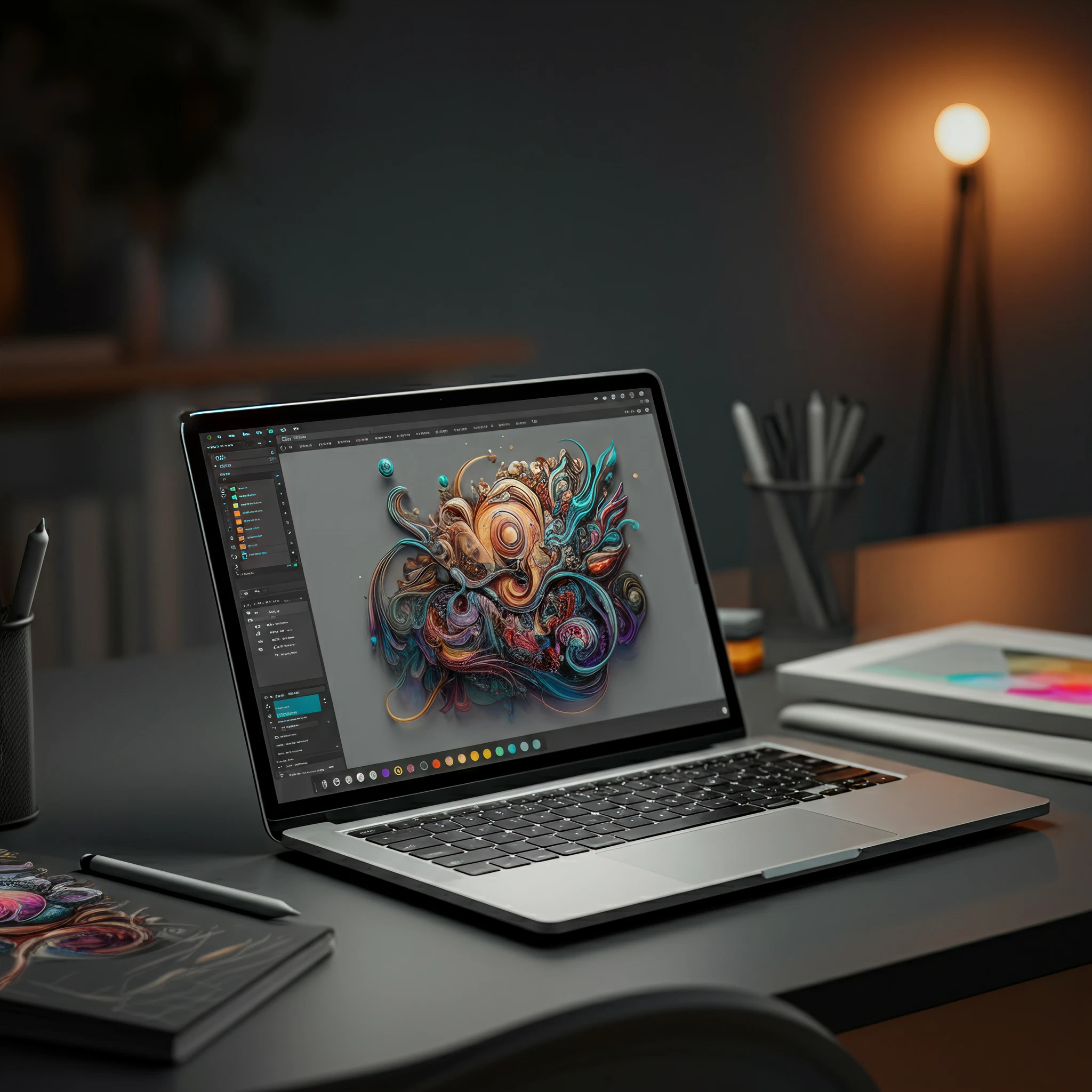When it comes to graphic design, your laptop isn’t just a device; it’s your creative toolbox. Whether you’re a seasoned graphic designer, a design student just starting your career, or a creative professional juggling multiple projects, investing in the right graphic design laptop can make a significant difference in the efficiency, quality, and ease of your work. This in-depth guide will walk you through the top features to look for, and help you find a laptop tailored to your specific needs.
Why Choosing the Right Laptop Matters for Graphic Designers
Graphic design tasks often require resource-intensive software like Adobe Photoshop, Illustrator, and 3D modeling platforms. Your laptop needs to handle high-resolution imaging, complex effects, color accuracy, and smooth multitasking. A poorly equipped laptop can lead to frustration, reduced productivity, and missed deadlines—not exactly what you want for your artistic endeavors!
This is why focusing on the key features specific to graphic designers is essential for finding a laptop that keeps up with your creativity.
Must-Have Features in a Graphic Design Laptop
1. A Powerful Processor (CPU)
Graphic design tools need significant processing power. A processor like the Intel Core i7 or AMD Ryzen 7 ensures your laptop can handle multiple layers in Photoshop or render 3D designs without slowing down. For more demanding tasks like video editing or animation, stepping up to i9 or Ryzen 9 is worth considering.
2. High RAM Capacity
When it comes to RAM, 16GB is the sweet spot for most graphic designers, but 32GB or higher is ideal for multitasking and working on memory-heavy projects. RAM ensures smooth performance when working with large files and multiple applications at once.
3. Dedicated Graphics Card
For robust visual performance, a dedicated GPU is essential. Options like the NVIDIA GeForce RTX series or AMD Radeon Pro provide the power needed for rendering visuals, editing videos, or managing high-resolution imagery. Integrated graphics simply won’t cut it for graphic designers.
4. Stunning High-Resolution Display
Look for a display resolution of at least 1920×1080 (Full HD), but ideally opt for 4K (3840×2160) for a crystal-clear view of your designs. A larger screen size, like 15-16 inches, provides a better workspace for intricate projects.
5. Color Accuracy
A great screen isn’t just about resolution. Accurate color representation is crucial for graphic design. Aim for laptops that support 100% sRGB, Adobe RGB, or P3 color gamut. Screens with OLED panels are also worth considering for their superior contrast and vivid color reproduction.
6. Ample SSD Storage
Storing large design files can eat up space in no time. Choose a laptop with at least 512GB SSD storage for speed and efficiency. An SSD ensures fast loading and saves time, while HDD storage is largely outdated for modern graphic design needs.
7. Portability
For graphic designers who work on the go, portability is key. Look for laptops that are lightweight and slim, ideally weighing under 4 pounds. Don’t compromise on battery life either; a long-lasting battery ensures you can work without worrying about power outlets while traveling.
Top Laptop Picks for Graphic Designers
If you’re looking for a starting point, here are three solid laptop recommendations for graphic design:
- MacBook Pro 16” (M4 Max Chip)
-
-
- High-resolution Retina Display with P3 wide color gamut
- M4 chip with exceptional GPU performance
- Lightweight for a powerhouse device
-
- Dell XPS 15
-
-
- 4K OLED touch display with AdobeRGB support
- Intel Core i7 processor with NVIDIA RTX graphics
- Sleek, aluminum chassis perfect for portability
-
- HP ZBook Studio G8
-
-
- Precision DreamColor display supporting 100% DCI-P3
- Dedicated NVIDIA RTX graphics
- Hybrid design for desk and remote work
-
How to Choose the Best Laptop for Your Workflow
Not every graphic designer works the same way, which means your ideal laptop will depend on how you approach your creative process. Here’s how to tailor your choice based on your specific needs:
For Beginner Designers or Students
Stick to an affordable yet functional laptop like the MacBook Air (M4 chip) or Acer ConceptD 3 Ezel. They offer a balance of performance and portability without breaking the bank.
For Professionals Handling Large Projects
Invest in a laptop with high-end hardware, such as Lenovo ThinkPad P1 Gen 7 or Razer Blade 15 Studio Edition, designed for demanding applications like 3D rendering and video editing.
For Artists Who Value Portability
If you’re always on the move, prioritize lightweight models with excellent battery life, such as the LG Gram 17 or Microsoft Surface Laptop Studio.
Tips for Optimizing Your Laptop for Graphic Design
Even the best laptops need proper configuration to optimize performance. Here are some tips:
- Color Calibration: Use a color calibration tool like SpyderX to ensure your screen accurately displays colors.
- External Storage: Invest in an external hard drive or cloud storage for large project files to free up your laptop’s internal storage.
- Regular Maintenance: Keep your system updated, clear cache files, and avoid running unnecessary background processes to maximize speed.
Conclusions and Final Thoughts
Picking the right graphic design laptop is about balancing performance, display quality, and portability to align with your creative workflow. Whether you’re crafting a masterpiece in Photoshop or creating animations in After Effects, your laptop should be as reliable and flexible as your imagination.
If you’re torn between options or new to the world of graphic design laptops, reach out to other designers and communities for specific recommendations. You can also find helpful reviews, including hands-on experiences, from tech experts to guide your decision.








